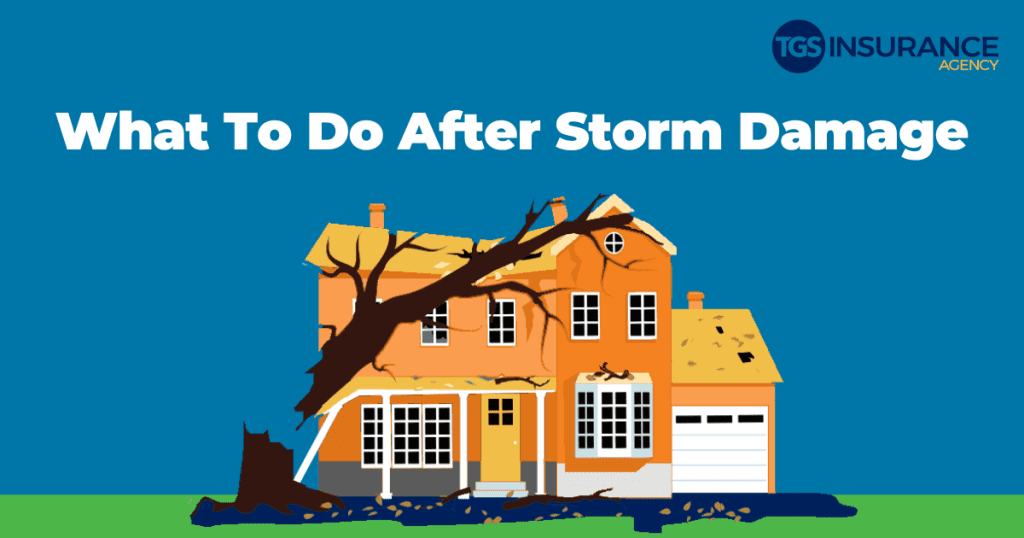
What To Do After Storm Damage
Hurricane season may have started in June, but with August come the most active three months of the season. It’s important to be prepared for the possibility of storm damage to your home, structures on your property, your belongings and even your car. That preparedness starts in the calm before the storm. However, it’s extremely valuable to know what to do after storm damage has already happened. Let’s take a look at how you can put your best foot forward during hurricane season.
Prepare for Storm Damage Before the Storm
Before a tropical storm is brewing on the horizon, make sure that you have hurricane insurance! This should include windstorm/hail coverage on your homeowners insurance policy and a separate flood insurance policy. You should go over your policies with an agent to make sure you know what your deductibles are and up to what limit you’re covered. It’s also a great idea to clarify the loss of use coverage on your homeowners policy. In the event that you become displaced during or after the storm, your living expenses may be covered up to a certain monetary value or time period.
>> RELATED READING: Hurricane Preparation: Emergency Supply Kit
If You Have To Evacuate After Storm Damage:
Take important documents with you in a plastic bag or waterproof container, including identification, proof of insurance, and a home inventory.
Keep receipts for your living expenses while you’re displaced. If you file a claim for loss of use coverage shortly after the storm, you could be reimbursed.
4 Steps To Take in the Aftermath of a Storm
- Document the damages. Take pictures of everything! It’s crucial that you document all of the damages before you begin any cleanup or emergency repairs.
- Save your receipts. Insurance carriers require proof that you have paid your deductible before you receive payment for a claim. If you are displaced or you need to do some emergency repairs to minimize the storm damage, it can get expensive. You can include those costs in your insurance claim by submitting receipts to your carrier! This is often a huge first step towards meeting your deductible after a storm.
- File your claim as early as possible. Many insurance carriers process claims on a first come, first served basis, especially after a large event like a hurricane. Informing them that you have a home inventory or have documented the damages can also help speed up the process. The sooner you file your claim, the sooner you can recover from a devastating storm.
- Show your insurance adjuster the damages in person. Make sure that you wait until the adjuster comes to your property before you begin clean up and non-emergency repairs. It’s also a great idea to be there in person to show them the extent of the damages.
Worried About Your Coverage for Storm Damage? Let TGS Insurance Help!
Hurricane insurance is a complex combination of different policies and coverages, and it can be a huge headache. Let us walk you through your current policies or shop for a great deal on new insurance before the storm hits. Some policies, like flood insurance, have a waiting period of 30 days before your coverage kicks in. Chat with one of our agents today to make sure you’re ready for hurricane season!